Brightest Black Hole Ever Discovered And It’s Eating Suns Every Day
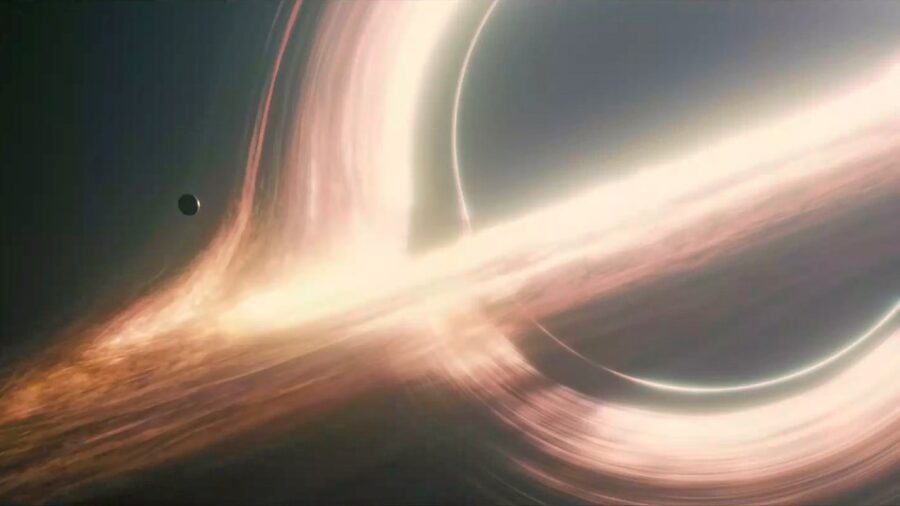
Our understanding of the universe is about to be totally redefined: astronomers have unveiled the most luminous object ever detected—a quasar, itself powered by a black hole. What’s more, every 24 hours this cosmic titan swallows and digests enough mass to equal a diet of one Sun per day. That’s an enormous meal, to say the least.
Makes The Sun Look Like A Matchstick
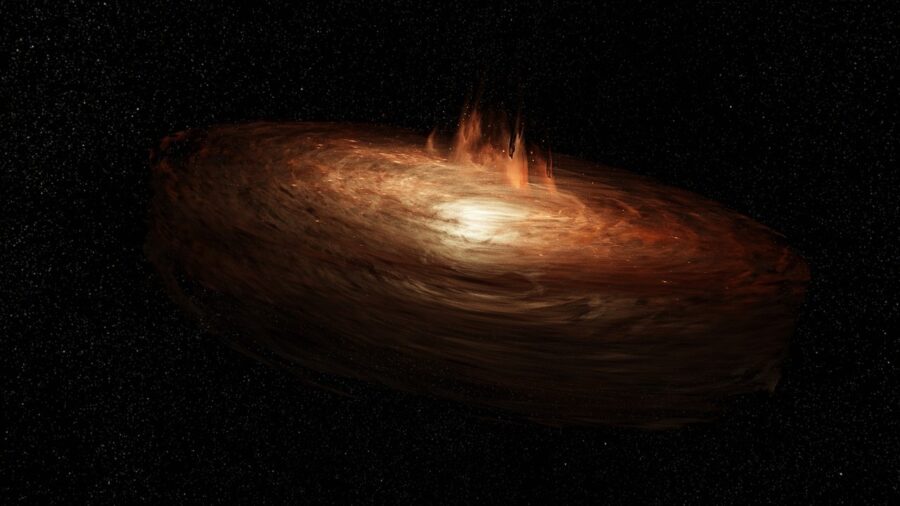
Scientists identified the celestial phenomenon as J0529-4351. The quasar shines extremely bright—in fact, its luminosity equals more than 500 trillion Suns. This incredible light source constitutes a veritable beacon from the distant galaxy, challenging our comprehension of cosmic wonders.
Chile’s (appropriately named) Very Large Telescope discovered J0529-4351—a black hole 17 billion times the mass of our Sun. The findings glimpsed through the VLT were then reported in the esteemed journal Nature Astronomy.
Quasars
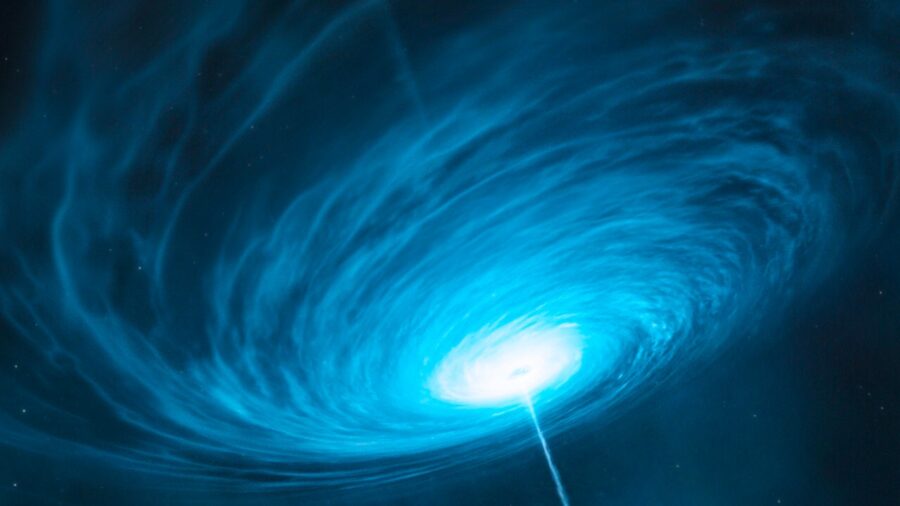
Astronomers employ the particular term quasar to refer to an Active Galactic Nucleus (AGN); these illuminate the cosmos with light from hot accretion discs. Said discs span seven light-years in diameter—or nearly 15,000 times the distance from the Sun to Neptune’s orbit.
Hiding In Plain Sight
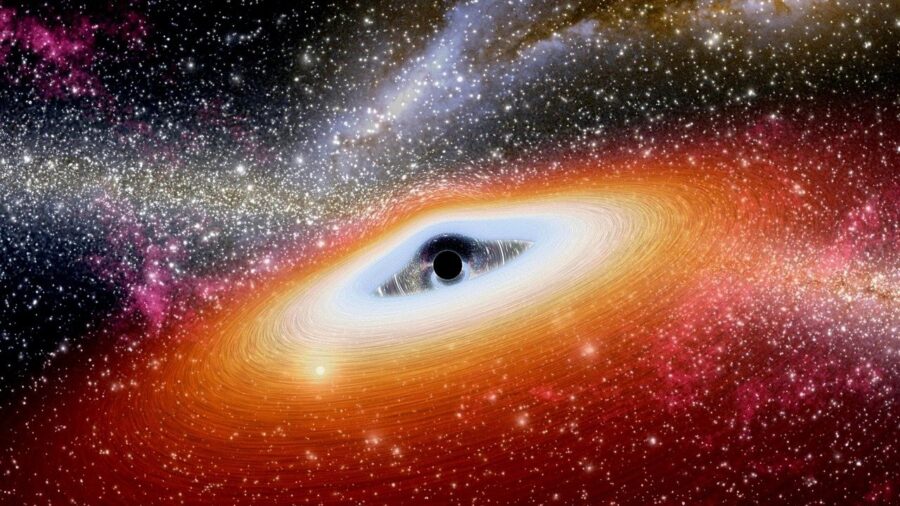
The discovery of this unfathomably big, Sun-eating black hole is the culmination of years of observation and analysis. Experts only recently discovered the true nature of the incredible cosmic phenomena, recognizing it amidst reams of previously collected data.
Christian Wolf of the Australian National University underscored a pivotal factor behind the discovery—a glaring case of historical oversight. He noted this quasar, which has been releasing brilliant light for far longer than humanity has ever existed, was previously confused with a star inside the Milky Way,
Important For The Birth Of Galaxies
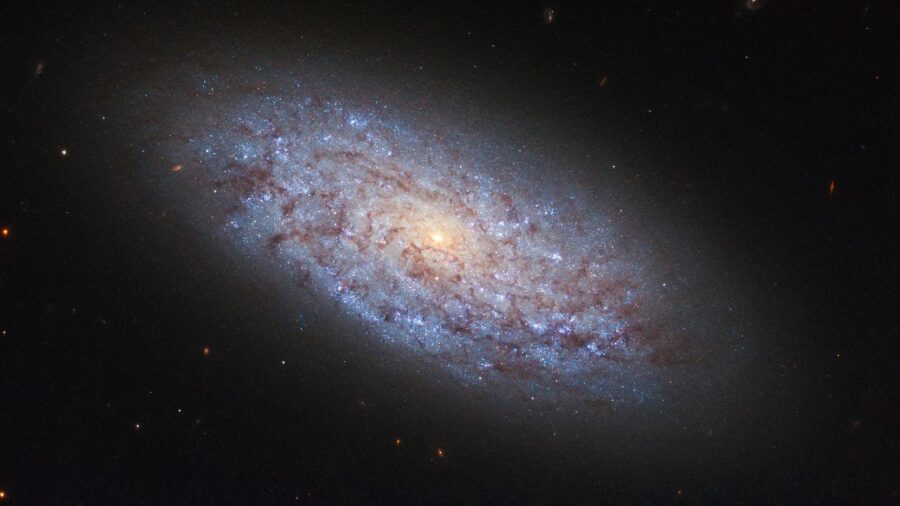
Notably, the quasar is a record holder in two categories: one, due its incredible luminosity; two, the ferocity of its black hole’s consumption rate. Scientists Rachel Webster of the University of Melbourne and Samuel Lai, a Ph.D. student at ANU, expressed how critical supermassive sun-eaters like J0529-4351 are to the formation and evolution of whole galaxies. Their existence appears intrinsic to galaxy formation and suggest a crucial link between these cosmic giants and the broader architecture of the cosmos.
Discovery Raises More Questions
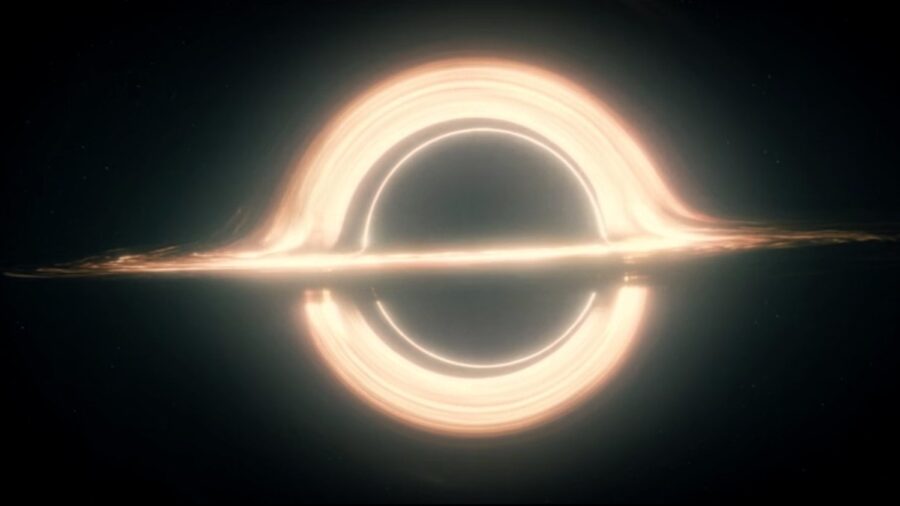
Beyond the sheer scale of J0529-4351’s black hole, and in addition to its daily diet of one solar mass per day, the find presents a puzzle regarding the early universe’s conditions.
Scientists wonder, for instance, how such a substantial black hole could form so quickly after the Big Bang. Naturally, this question leads experts to speculate about the origins of these behemoths—especially given their implications for astrophysics. Perhaps, scientists venture, substantial black holes like these grew directly out of primordial gas present at dawn.
Everything Is Redefined

Despite its distant past, J0529-4351 offers a critical window into the earliest phases of the universe. It provides clues unveiling the enigmatic processes governing both the growth and behavior of the most massive objects in the cosmos.
The exciting discovery changes everything. Seemingly pure sci-fi, J0529-4351 positively redefines the boundaries of what is possible in our understanding of the universe.
Ultimately, the gigantic black hole gulping down one Sun per day marks an incredible milestone in our journey to unravel the mysteries of the cosmos.












